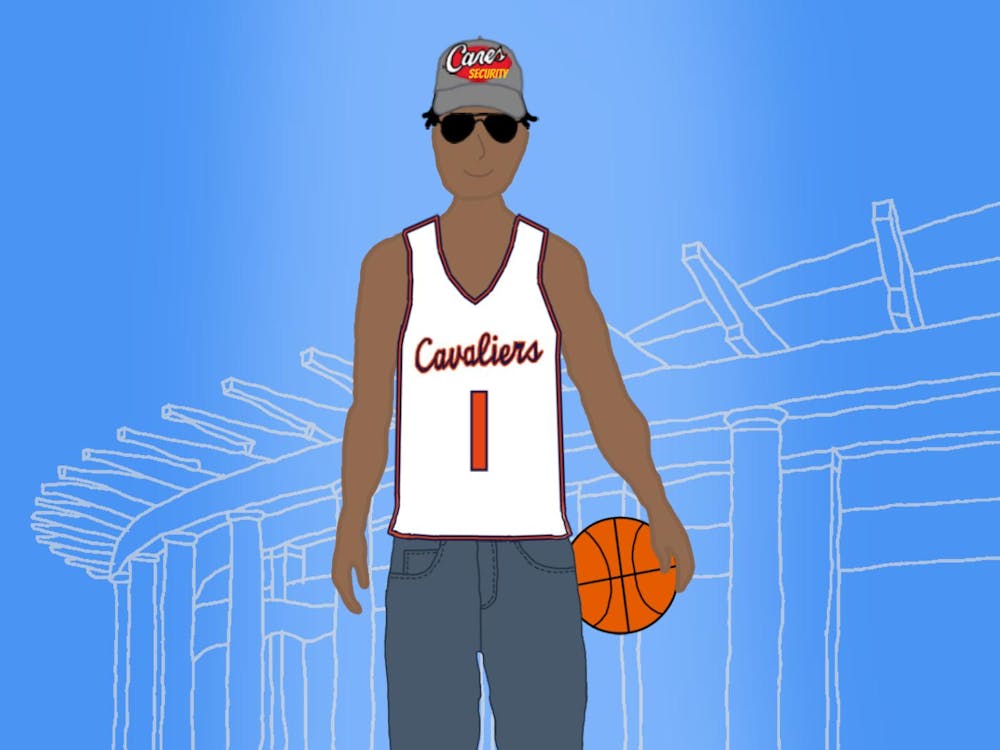It is mid-October. Fall is in full swing. It is a time of great joy and celebration among lovers of crunching leaves, chunky sweaters and crisp, cool breezes blowing the aroma of bonfires through the morning air. However, all is not well in this autumnal fairytale land. There is a menace lurking behind all this mirth. Hiding just beneath our collective nose is a coalition of villains whose crimes are almost too heinous to describe and too numerous to count. You may know one yourself. You may be one yourself. The ubiquity of this problem is such that it often goes unnoticed or overlooked. I am speaking, of course, of pumpkin season.
Per the guidelines of the National Fruit and Vegetable Preservation Association, whose purview includes gourds, pumpkins and most legumes, pumpkin season officially begins the day after Labor Day and lasts until the first of December. During this time, it is legal to hunt and kill wild pumpkins in designated areas, provided the hunter possesses a license. Unlicensed pumpkin hunting is illegal in most states, even during pumpkin season, and may be punished by a fine of up to $10,000 and/or a period of incarceration of up to 12 months, depending on the location and time of hunting, and the pumpkin population affected.
But the effects of pumpkin season extend far beyond fines and jail time for illicit hunting. Each year, a staggering number of pumpkins are torn from their local habitats, killed and either eaten, or have their carcasses put on morose display as “seasonal décor.” Even more disturbingly, in the United States, pumpkin hunters have been known to disembowel live pumpkins, carving sinister faces or other shapes into their hollow flesh, and placing candles inside the husks to illuminate them at night—a terrifying trophy from a gruesome sport. These mutilated pumpkins have come to be known, cruelly, as “jack-o-lanterns.”
As if these common practices were not horrific enough, certain niche groups have recently begun a seasonal tradition called “punkin’ [pumpkin] chunkin’,” in which pumpkins are hurled from catapults or air-powered cannons across open fields to their explosive demise. Gut-wrenching as it sounds, punkin’ chunkin’ is viewed as a form of grisly entertainment among its practitioners and fans. They delight in seeing the innocent orange balls soar through the air, and relish the carnage of seeds and stringy entrails that follows.
Indeed, not since the bison has any species in America — the world, perhaps — experienced such a threat to its existence like the pumpkin during pumpkin season. The practice of pumpkin-hunting has become so prolific, and the fate of the pumpkin so tenuous, that it is futile, impossible rather, to keep track of current pumpkin populations. It is unknown how many pumpkins currently remain in the wild, nor how many pumpkins are killed or dislocated each year, but the latter figure is estimated to be upwards of ten million. And this is only including the most commonly-hunted variety of pumpkin, to say nothing of more specific types or subspecies.
This is not a call to action. This is a wake-up call. These are the facts, sobering as they may be to accept. For too long a majority of people have tolerated pumpkin hunting. Even the most vocal fruit and vegetable rights groups have gained little traction beyond local spheres. Enough is enough. As long as pumpkin hunting is deemed acceptable, it will forever besmirch the name of fall and everything it stands for. It is time to wake up. The fate of a noble and majestic living thing — the humble pumpkin — hangs in the balance.






